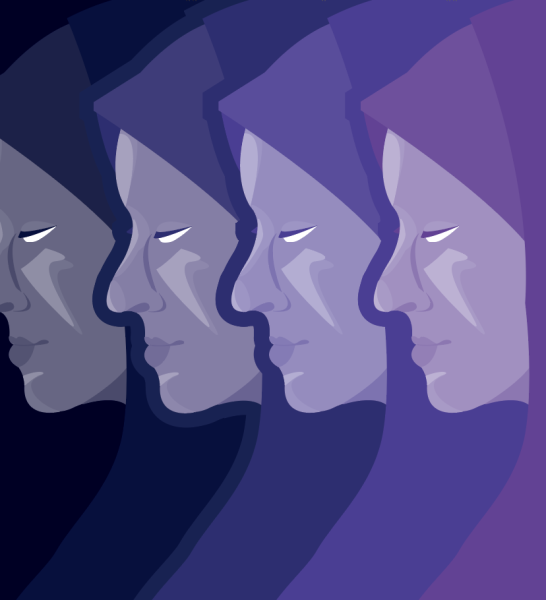Where Do Babies Come From?
sex ed curriculum should be all-inclusive

The Kansas sex ed curriculum has become nothing more than scare tactics instead of knowledge.
Whether it’s the terrifying “talk” or your nurse sliding a condom onto a banana, it is meant to incite fear — my first exposure to sex education was nothing more than graphic PowerPoint slides of STDs.
Sex education is held to a completely different standard than classes like English or Math, which is confusing, considering that far more teens need to know how to prevent pregnancy than how to find the volume of a prism.
The state of Kansas does not have a mandated curriculum, instead the state allows for school districts to decide what their courses will contain. However, it is demanded through the Kansas Model Curriculum Standards for Health Education (KMCSHE) that High School sex ed place emphasis on teaching health promotion and disease prevention.
Although our Blue Valley sex education meets the requirements of the legally dictated Kansas curriculum, rather than informing the youth about sex, it only creates a negative and inaccurate picture of sex as a whole.
Shouldn’t we be given a comprehensive sex education? At what age do we start implementing such a curriculum?
KMCSHE guidelines state that sex education should start in the eighth grade, but a study from Georgetown University shows that starting sex ed in primary school helps avoid future unintended pregnancies, maternal deaths, unsafe abortions and STDs.
A country leading by example is the Netherlands, where they teach that sexuality is a normal part of development by talking to children as young as elementary school. Eight year olds learn about self-image and gender stereotypes. Eleven year olds discuss sexual orientation and contraceptive options.
While the LGBT community is generally not covered in U.S. curriculum, the Netherland’s curriculum makes sure to teach information that will not exclude students of non-hetereosexual relationships.
The approach, known as “comprehensive sex education,” starts as early as age 4.
So how would the U.S. benefit from such a system?
According to PBS.org, researchers found that among 12 to 25 year olds surveyed in the Netherlands, over 50 percent said they had a “wanted and fun” first sexual experience. By comparison, 66 percent of sexually active American surveyed said they wished that they had waited longer to have sex for the first time.
Even more impressive, according to World Bank Data, the teen pregnancy rate in the Netherlands is one of the lowest in the world — five times lower than the U.S.
Other countries like Denmark and Sweden are imitating this system, and by doing so, they create an atmosphere where sexual development is not only normal but healthy.
We are the future, and it’s up to us to change the unjust.
It’s up to us to not become a statistic, and it’s up to us to set an example for the next generation.
Knowledge is power, and by creating an open discussion of sex at a young age that is not only comprehensive but positive, we can change the negative stigma on sexuality.
It’s time to start answering the age-old question: where do babies come from?

McKenna Cole is a senior and the Managing Editor for “The Tiger Print.” In her free time she enjoys hammocking, drag queens, guacamole, serving the...






